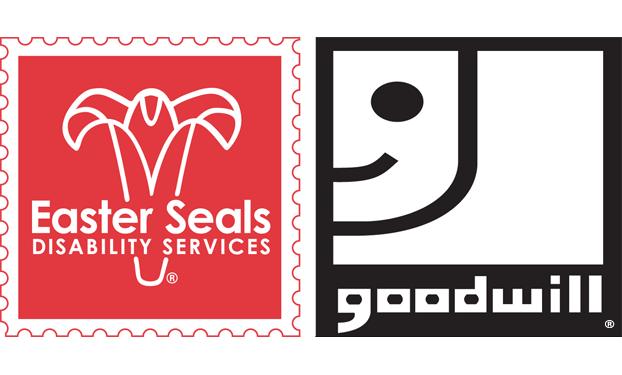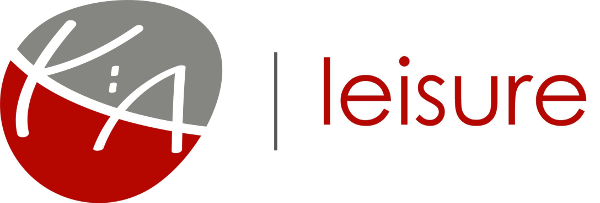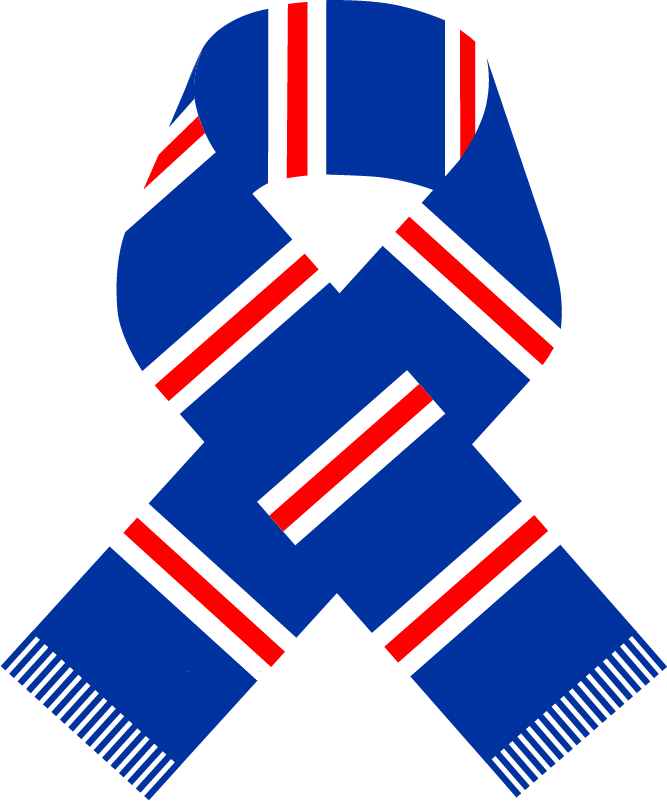Title Page
-
Conducted on
-
Prepared by
-
Location
H. Health and Safety
-
1. The organization maintains a healthy and safe environment.
-
2. The organization implements written procedures to promote the safety of:
-
a. Persons served
-
b. Personnel
-
3. Person served receive education designed to reduce identified physical risks.
-
4. Personal receive documented competency-based training:
-
a. Both:
-
(1) Upon hire.
-
(2) At least annually
-
b. In the following areas:
-
(1) Health and safety practices
-
(2) Identification of unsafe environmental factors
-
(3) Emergency procedures
-
(4) Evacuation procedures, if appropriate
-
(5) Identification of critical incidents
-
(6) Reporting of critical incidents
-
(7) Medication management, if appropriate.
-
(8) Reducing physical risks
-
(9) Workplace violence
-
5. There are written emergency procedures:
-
a. For:
-
(1) Fires
-
(2) Bomb threats
-
(3) Natural disasters
-
(4) Utility failures
-
(5) Medical emergencies
-
(6) Violent or other threatening situations
-
b. That satisfy:
-
(2) Practice is appropriate for the locale
-
c. That address, as follows:
-
(1) When evacuation is appropriate
-
(2) Complete evacuation from the physical facility.
-
(3) When sheltering in place is appropriate
-
(4) The safety of all persons involved
-
(5) Accounting for all persons involved
-
(6) Temporary shelter, when applicable
-
(7) Identification of essential services
-
(8) Continuation of essential services
-
(9) Emergency phone numbers
-
(10) Notification of the appropriate emergency authorities
-
6. The organization has evacuation routes that are:
-
a. Assessable
-
b. Understandable to:
-
(1) Person served
-
(2) Personnel
-
(3) Other stakeholders, including visitors
-
7. Unannounced tests of all emergency procedures:
-
a. Are conducted at least annually:
-
(1) On each shift
-
(1) At each location
-
b. Include complete actual or simulated physical evacuation drills.
-
(1) Areas needing improvement
-
(2) Actions to be taken
-
(3) Results of performance improvement plans
-
(4) Necessary education and training of personnel
-
d. Are evidenced in writing, including the analysis.
-
8. There is immediate access to:
-
a. First aid expertise
-
b. First aid equipment
-
c .First aid supplies
-
d. Relevant emergency information on the:
-
(1) Persons Served
-
(2) Personnel
-
9. The organization has written procedures regarding critical incidents that include:
-
a. Prevention
-
b. Reporting
-
c. Documentation
-
d. Remedial action
-
e. Timely debriefings conducted following critical incidents
-
f. The following critical incidents if appropriate:
-
(1) Medication errors
-
(2) Use of seclusion
-
(3) Use of restraint
-
(4) Incidents involving injury
-
(5) Communicable disease
-
(6) Infection control
-
(7) Aggression or violence
-
(8) Use an unauthorized possession of weapons
-
(9) Wandering
-
(10) Elopement
-
(11) Vehicular accidents
-
(12) Bio-hazardous accidents
-
(13) Unauthorized use and possession of legal or illegal substances
-
(14) Abuse
-
(15) Neglect
-
(16) Suicide and attempted suicide
-
(17) Sexual assault
-
(18) Other Sentinel events
-
10. A written analysis of all critical incidents is provided to or conducted by the leadership:
-
a. At least annually:
-
b. That addresses:
-
(1) Causes
-
(2) Trends
-
(3) Actions for improvement
-
(4) Results of performance improvement plans
-
(5) Necessary education and training or personnel
-
(6) Prevention of reoccurrence
-
(7) Internal reporting requirements
-
(8) External reporting requirements
-
11. The organization implement procedures:
-
a. For:
-
(1) Infection prevention
-
(2) Infection control
-
b. That include:
-
(1) Training regarding:
-
(a) Infections
-
(b) Communicable diseases
-
(2) Appropriate use of standard or universal precautions
-
(3) Guidelines for addressing these procedures with:
-
(a) Person served
-
(b) Personnel
-
(c) Other stakeholders
-
12. When transportation is provided for person served there is evidence of:
-
a. Appropriate licensing of all drivers
-
b. Regular review of driving records of all drivers
-
c. Insurance covering:
-
(1) Vehicles
-
(2) Passengers
-
d.Safety features and vehicles
-
e.Safety equipment
-
f. Accessibility
-
g.Training of drivers regarding:
-
(1) The organizations transportation procedures
-
(2) The unique needs of person served
-
h. Written emergency procedures available in the vehicles
-
i. Communication devices available in the vehicles
-
j. First aid supplies available in the vehicles
-
k. Maintenance of vehicles owned or operated by the organization according to manufacturers’ recommendations
-
l. If services are contracted, review of the contract is at least annually against elements a. through k. of this standard.
-
13. Comprehensive health and safety inspections:
-
a. Are conducted:
-
(1) At least annually
-
(2) By a qualified external authority
-
b. Result in a written report that identifies:
-
(1) The areas inspected
-
(2) Recommendations for areas needing improvement
-
(3) Actions taken to respond to the recommendations
-
14. Comprehensive health and safety self-inspections:
-
a. Are conducted at least semiannually on each shift
-
b. Result in the written report that identifies
-
(1) The areas inspected
-
(2) Recommendations for areas needing improvement
-
(3) Actions taken to respond to the recommendations
-
15. If applicable, there are written procedures concerning hazardous materials that provide for sale:
-
a. Handling
-
b. Storage
-
c. Disposal











